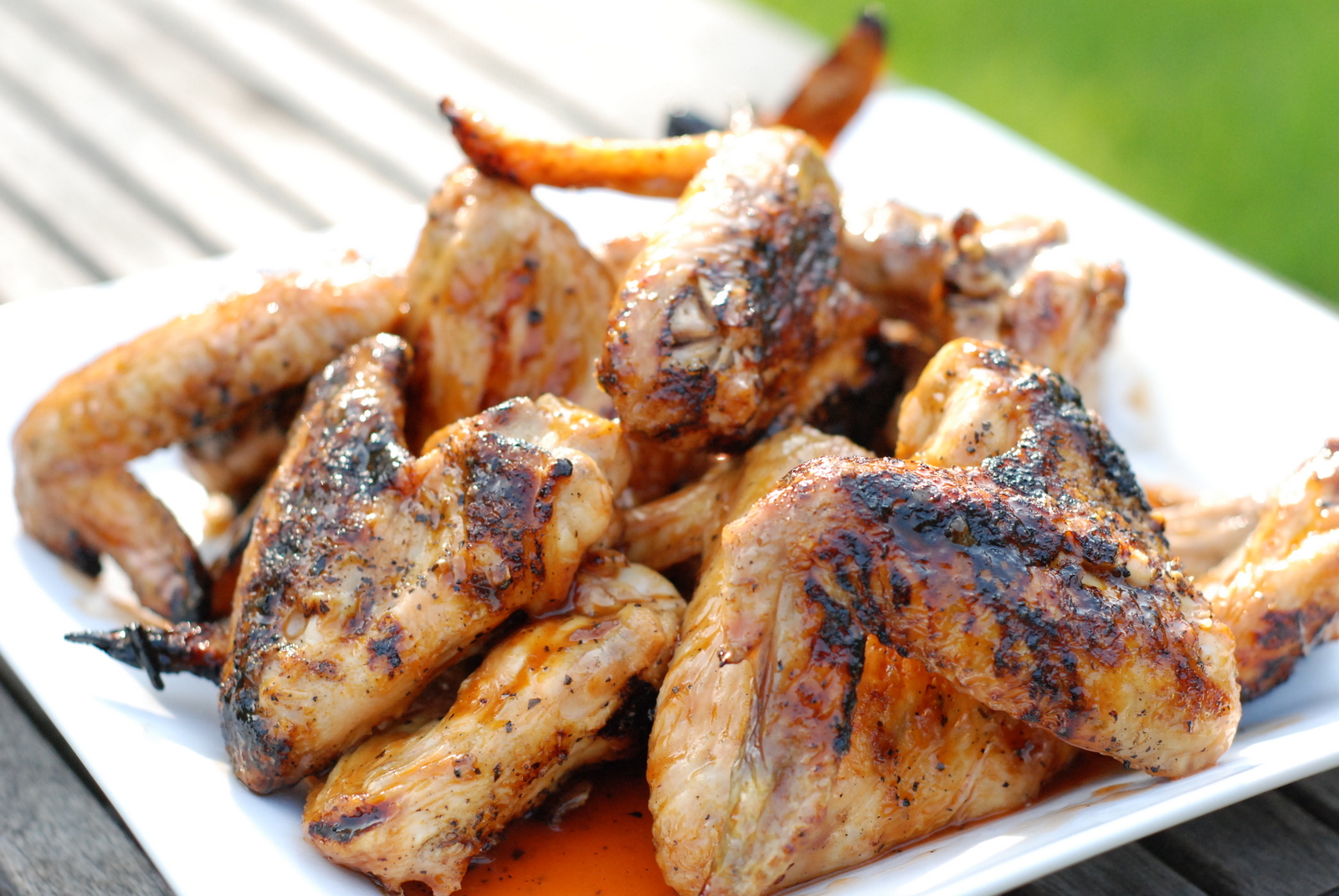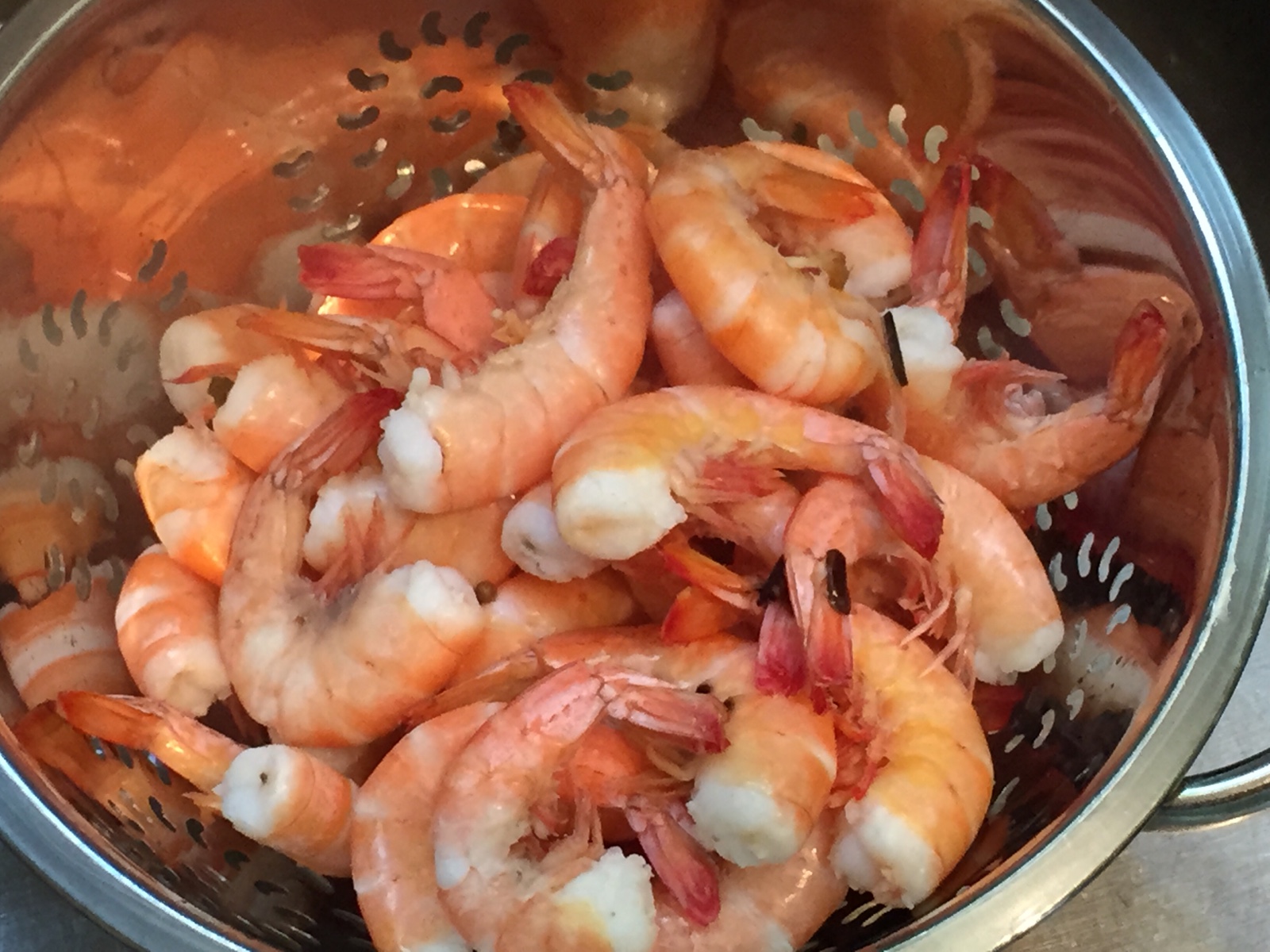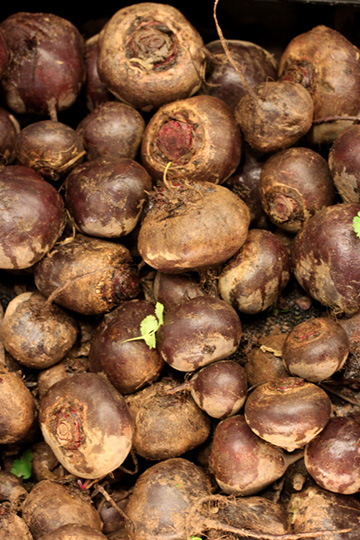
It’s pretty common knowledge that, as far as a nutritional staple in our diet goes, protein is the cat’s meow.
Not only is protein essential for our body’s survival, but it can deliver the nutrients we need to build strong muscles, and in athletes, help us see improved performance. However, finding new sources of protein and eating enough of it can sometimes be a little difficult.
How Much Protein Should I Be Eating?
“The recommended dietary allowance (RDA) for protein is a modest 0.8 grams of protein per kilogram of body weight,” an article on the Harvard Health Blog says. “The RDA is the amount of a nutrient you need to meet your basic nutritional requirements. In a sense, it’s the minimum amount you need to keep from getting sick — not the specific amount you are supposed to eat every day.”
For more info on your specific needs, check out this handy online protein calculator that was also linked in the article.
And protein isn’t just good for those looking to bulk up. A 2015 study published by the American Journal of Clinical Nutrition on the role of protein in weight loss and maintenance found there were “persistent benefits of a higher-protein weight-loss diet on body weight and fat mass.”
What does it all mean? The short version: make sure you eat enough protein every day for max results.
Even if you love to eat as much as I do, fitting in your daily requirements can be a challenge for some people, especially athletes. To help with the task, check out our six tips to add more protein to your daily diet.
6 Easy Ways to Get More Sources of Protein in Your Diet
 1. Eat Protein at Every Meal and Snack
1. Eat Protein at Every Meal and Snack
It might seem like one of those tips that you read and think “duh,” but just because we know something, doesn’t mean we actually do it.
Whether you’re a three-squares a day kind of person, or you follow more of a body building-esque program with six small meals throughout the day, the best way to meet your daily protein requirements is to include one to two high-quality sources of protein every time you eat.
As an endurance athlete, I’m all about the bananas to fuel my longer workouts. An easy change for me was to eat the fruit, which only has a measly 1 gram of protein on its own, with a cup of greek yogurt or a handful of almonds for the extra nutrition. Making that small change gives me an additional six to 10 grams of protein each time I enjoy a pre-workout snack.
2. Choose High-Protein Veggies
Pretty much every natural, edible product of the planet (think fruits and veggies, things in the store without an ingredients label) has a component of protein. While it would be really difficult to eat enough kale to equal a serving of steak (about 30 cups would be required for three ounces of steak), it is possible to choose vegetables with a higher protein percentage to help beef up your daily grams consumed.
This helpful chart lists 27 vegetables with an admirable protein dose, to help you make good choices throughout the day. I love using this sort of information to get creative with things like a smoothie. Adding in a cup of spinach (over 5 grams of protein) or beet greens (3.7 grams of protein) not only adds a pop of earthy flavor, but also a few extra grams of filling and nutrient-dense protein to my meal.
3. Shake It Up, Baby
Protein shakes have been a favorite of the fitness industry for years, and with literally hundreds on the market to choose from, it’s very likely you can find one to suit your needs.
Depending on the shake and the brand, you could get a huge helping of protein with a limited amount of calories, making this an easy supplement to a nutritious diet.
Be sure when you’re choosing which shake you want to add to pay careful attention to the ingredients label. Protein can be derived from a variety of sources, and if you’re allergic or sensitive to things like soy, milk, eggs or gluten, it will be very important to read the labels and understand if any of the sources are derived from these ingredients. As an example, the popular “whey” protein is processed using milk proteins, meaning those who are lactose intolerant may be sensitive to it.
Check to make sure you understand any chemical additives that might pop up on the label, and any health implications they may have. Finally, if you’re someone who is conscious of sugar consumption, be on the lookout for shakes with a low sugar content. Remember, sugar isn’t necessarily labeled as such on a label and might be called as many as 56 other things such as fructose, glucose, lactose and more.
4. Go Nuts
Years ago, nuts got a bad rap for their high-fat and calorie content and were banished from most nutrition plans during our nations’ low-fat phase. Thank goodness those days are behind us!
In a one-ounce serving, nuts can contain between 2 and six grams of body-fueling protein, and they are a super delicious source of protein. The combination of protein and fat in a tasty handful not only supplies your body with needed nutrients, but it will help to keep you full and satisfied longer than a carb-rich snack. This side by side comparison lists all the nutritional info for the most common nuts.
One of the best parts about the crunchy devils is that they don’t require refrigeration or any special handling, so they’re the perfect snack to keep in your gym bag, car or purse for a protein pick-me-up.
If nut butter is your jam, there are dozens of varieties on the market to choose from. Personally, I love almond butter smeared on an apple or carrots for an afternoon snack. Be sure to read your labels here and make sure that there are no unnecessary additives for the biggest nutritional bang for your buck. You might commonly see sugar or hydrogenated oils added to the mix in certain brands, which make them less healthy options. You might pay a few dollars more for the better choice, but your body will thank you.
5. Get Your Greek On
Greek yogurt is thick, creamy, and a single serving can pack as many as 20 grams of protein into the container. Greek yogurt has come on the scene in a big way in recent years, and we love the variety of ways to eat it.
It’s delicious topped with fruit, a handful of almonds and a bit of honey, and can also be transformed into a savory treat. I love mixing plain Greek yogurt with a little salt, garlic, dried onion, poppy seeds, caraway seeds, and sesame seeds and creating an “everything bagel” dip that I eat with celery.
6. Keep Ready-to-Eat Options on Hand
We are a society of convenience, so let’s face it, when we’re good and hungry, we eat what we have readily available to us.
When it comes to protein, sometimes that means we don’t have a good choice available. Give yourself the tools you need to be successful by having protein options you like ready to go. Having nuts, jerky, hard boiled eggs or protein shakes just as handy as other snack or meal options will make hitting your daily protein goals for getting bigger, leaner, stronger easy to do.
